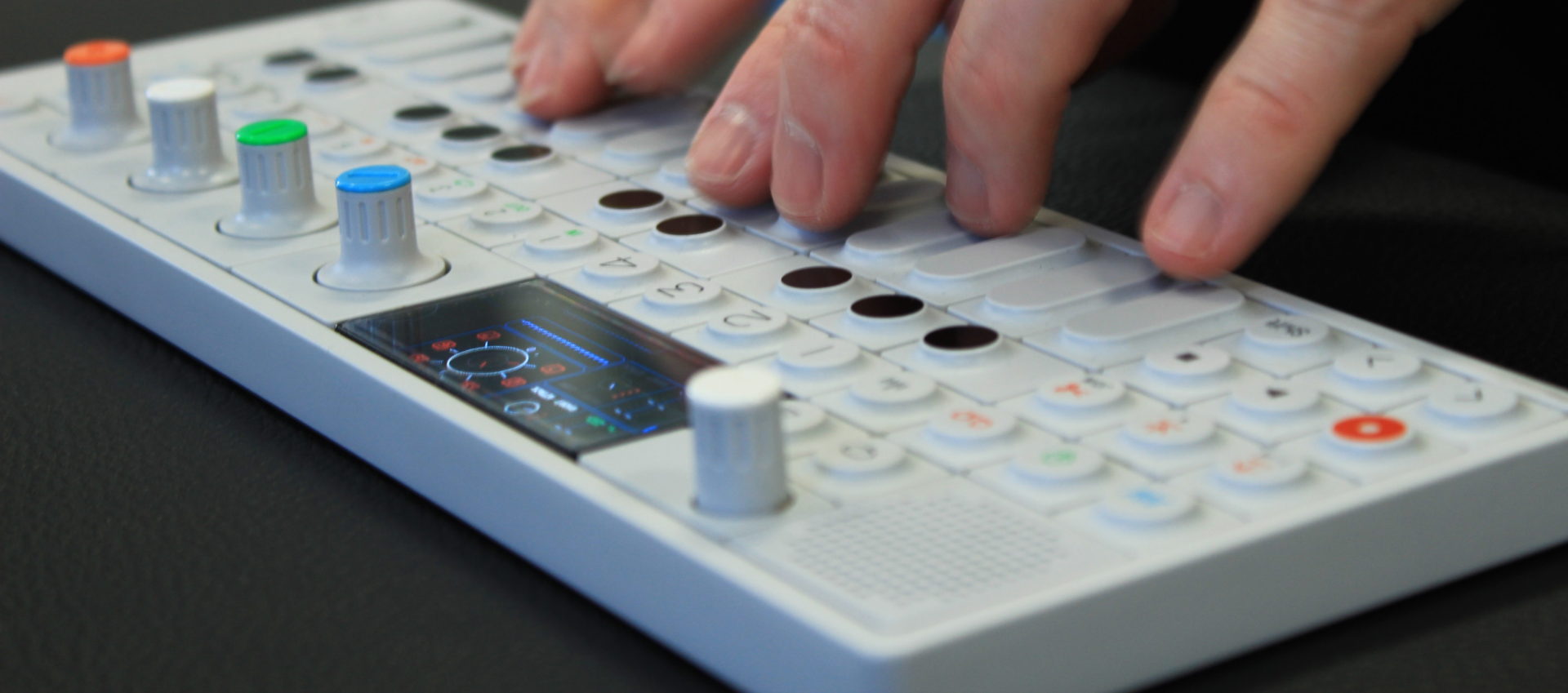Well I am back. You may or not have noticed my complete lack of blogging activity (except for twitter) – because my laptop died. And while it is a great story suffice it to say I won ‘a lot of music software’ (thanks to AVID) and installed it all onto a old machine and thereby killed it. The good news is I am back with a new Macbook Pro and ready to create, be imaginative and blog about it.
 Practicing! It means so many things to many people and there are varied opinions across the blogosphere. But if I were to sit and watch you practice your instrument, revise your repertoire, rehearse fingering or phrasing and then ask you, “did you accomplish what you set out to achieve?” What would your answer be?
Practicing! It means so many things to many people and there are varied opinions across the blogosphere. But if I were to sit and watch you practice your instrument, revise your repertoire, rehearse fingering or phrasing and then ask you, “did you accomplish what you set out to achieve?” What would your answer be?
As a classroom music teacher and private instrumental tutor I have kids in second grade right through to adults who learn from me, and I expect them to practice. My expectations are made clear that a single lesson each week with no practice will eventually turn sour and result in the student ‘giving up’ on the instrument. BUT, regular, goal orientated practise throughout the week; 5, 10, 15, 20 minutes a day can be far more beneficial and will result in progress on that instrument. But here is the catch, is practising enough? Does there need to be something else in that half hour sit down with your instrument? What makes a performer communicate control over their instrument and the impressionable music they create?
Cue the inspirational video by guitarist Steve Vai (@stevevai)
In this video Steve Vai explains his philosophy for making it in the music industry, but also for practicing. As he extends his already crazy guitar reach into music education with his involvement at the Berklee Institute of Music, and co-hosting online guitar site guitarTV.com, Steve Vai is communicating more and more his ‘art of practicing.’ And yes, it involves goals.
Many times I have heard the phrase ‘practice makes perfect’ but what if you are practicing the wrong way? Or with an incorrect technique? Then there is the school of thought that has students rehearse endlessly till they ‘get it right.’ Without guided instruction or inspiration this could be very discouraging for young, or seasoned players. So enough of the rhetoric, what is my philosophy of practice?
My own practice philosophy comprises of the following things
1. Learning the black dots, for this is an essential just to start creating music (take note guitarists)
2. A goal; the objective to learn a piece, all it entails and to love the journey!
3. A focus and plan on reaching that goal
4. Visualisation of techniques, fingerings, movements, and expressions
5. Rehearsal of the above utilising the following methods:
– chunking (treating each part like a puzzle that needs to be solved with care). Pick a piece out of the box, rotate it around, work on it, see how it fits with the bigger picture, look at it again, then put it back with the other pieces & repeat the process with the others
– phrasing is movement with expression. It could be a harmony, melody or rhythm but if you want it to communicate something, decide on this, rehearse it, test it, see it in the bigger picture, then put it with the other pieces
– page turns, section markers, codas and rhythm changes are like driving through different speed zones and traffic areas. Stay alert, rehearse the joins from one piece to the next, don’t go through the whole box at one speed (slow or fast) without checking the signs and making sure you know what this sounds like on your instrument
5. Inspiration is the best thing to keep you practicing. Put down your instrument, write down your problem, frustration or the technique you want to master. Find someone who does it and take notes, analyse and yes, imitate.
For example: the two videos below though contrasting in style, ability and repertoire demonstrate excellent technique, expression and phrasing. The second video is a diligent student of mine who is in the 6th grade.
Ana Vidovic, Piazzolla:
Ben, improvising and finger technique demonstration:
How do your students practise?
How do you teach them this vital concept?
Do you agree with the comments above?
A wonderful teacher of mine, Liesa Adlington, wrote a fantastic article on Real Music Making for her lecture at the Classical Guitar Society Summer School in Australia, January 2000 (linked below). In this article she says, “Music is energy captured in sound.” How does this come out in practice? Direct your energy into perfecting the playing of the dots, the interpretation of the dots and the viewing of each little part as a larger whole that can express your emotion and musicianship.
After all, why practice if not to express our love for music, our instrument and to share this experience with others?
Images found via Compfight & edited with Acorn image editor
Christophe Verdier http://www.flickr.com/photos/cverdier/
RXAphotos http://www.flickr.com/photos/more-cowbell/
